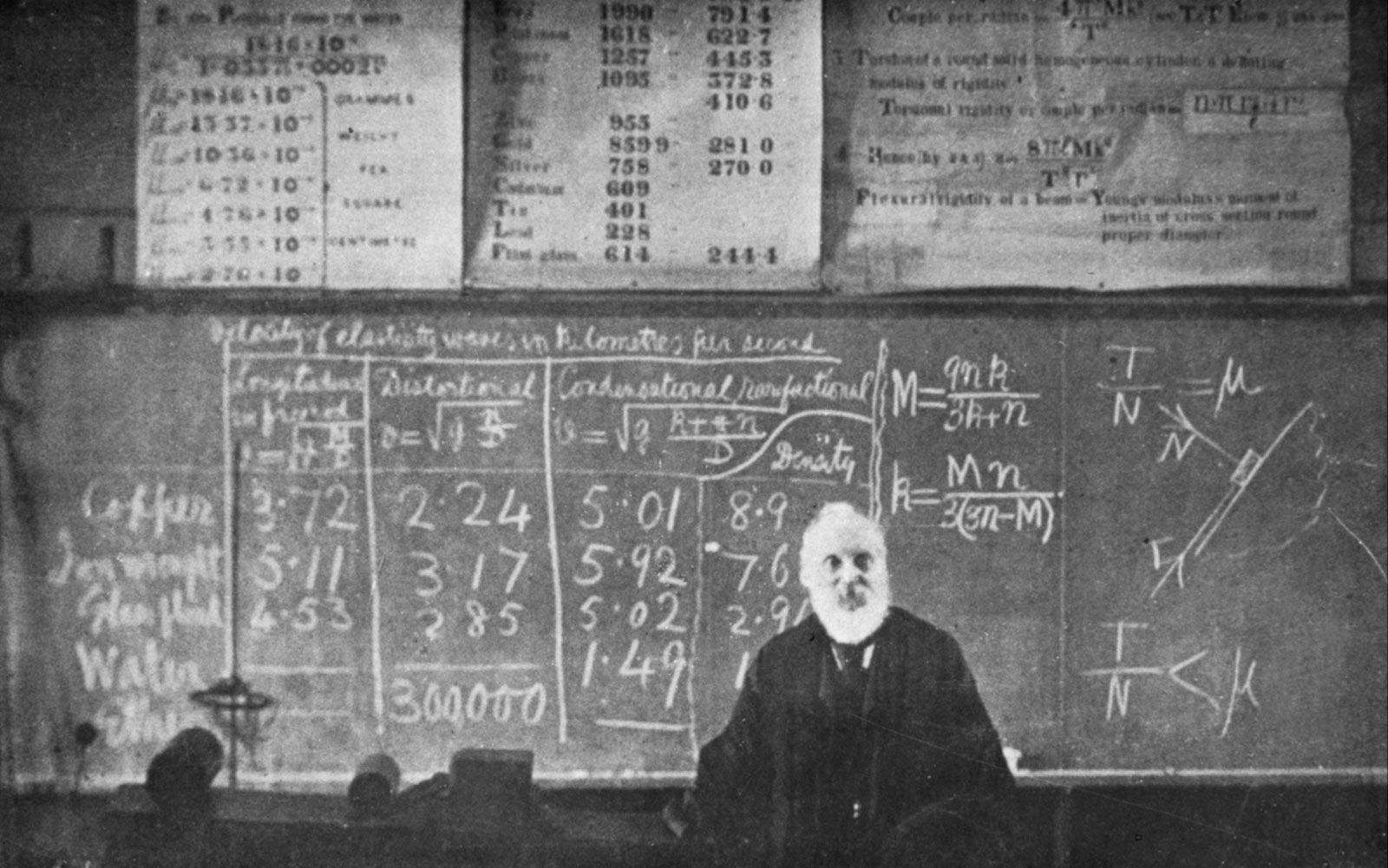
Kelvin is a name that might make you think of a person, but did you know it's also a unit of temperature? Named after Lord Kelvin, this scale measures absolute temperature, starting from absolute zero, where all molecular motion stops. Unlike Celsius or Fahrenheit, Kelvin doesn't use degrees. Instead, it’s just Kelvin, plain and simple. This scale is crucial for scientists, especially in fields like physics and astronomy, because it provides a more accurate measurement of extreme temperatures. Curious about more? Here are 27 fascinating facts about Kelvin that will expand your understanding of this essential scientific tool.
What is Kelvin?
Kelvin is a unit of measurement for temperature. Unlike Celsius or Fahrenheit, Kelvin starts at absolute zero, the coldest possible temperature. This scale is crucial in scientific fields.
-
Absolute Zero: Kelvin begins at absolute zero, which is -273.15°C or -459.67°F. This is the point where molecular motion stops.
-
No Negative Numbers: Unlike Celsius or Fahrenheit, Kelvin doesn't have negative numbers. Zero Kelvin is the lowest temperature possible.
-
Named After a Scientist: The Kelvin scale is named after William Thomson, 1st Baron Kelvin, a British physicist who developed the concept of absolute zero.
How Kelvin is Used
Kelvin is widely used in scientific research, especially in physics and chemistry. It helps scientists understand and measure extreme temperatures.
-
Scientific Research: Kelvin is essential in fields like astronomy, where temperatures can be extremely high or low.
-
Thermodynamics: In thermodynamics, Kelvin is used to calculate energy changes and efficiency.
-
Color Temperature: Kelvin measures the color temperature of light sources, helping photographers and filmmakers achieve the desired lighting effects.
Kelvin in Everyday Life
While Kelvin is primarily used in scientific contexts, it has some everyday applications too.
-
LED Lighting: Kelvin ratings on LED bulbs help consumers choose the right light color for their homes.
-
Photography: Photographers use Kelvin to adjust white balance, ensuring accurate color representation in their photos.
-
Weather Forecasting: Meteorologists use Kelvin to measure and predict atmospheric temperatures.
Interesting Facts About Kelvin
Kelvin has some fascinating aspects that make it unique and important.
-
Universal Scale: Kelvin is part of the International System of Units (SI), making it a universal standard for temperature measurement.
-
Space Exploration: NASA uses Kelvin to measure temperatures in space, where conditions can be extreme.
-
Cryogenics: Kelvin is crucial in cryogenics, the study of materials at very low temperatures.
-
Superconductors: Scientists use Kelvin to study superconductors, materials that conduct electricity without resistance at very low temperatures.
Kelvin and Other Temperature Scales
Understanding how Kelvin relates to other temperature scales can be helpful.
-
Celsius Conversion: To convert Celsius to Kelvin, add 273.15. For example, 0°C is 273.15K.
-
Fahrenheit Conversion: To convert Fahrenheit to Kelvin, use the formula K = (°F + 459.67) × 5/9.
-
Rankine Scale: The Rankine scale, used in some engineering fields, is similar to Kelvin but starts at absolute zero in Fahrenheit.
Historical Context of Kelvin
Kelvin has a rich history that dates back to the 19th century.
-
William Thomson: William Thomson, later known as Lord Kelvin, was a pioneer in thermodynamics and the study of absolute zero.
-
First Proposal: Kelvin proposed the absolute temperature scale in 1848, revolutionizing how scientists measure temperature.
-
SI Adoption: The Kelvin scale was officially adopted as part of the International System of Units (SI) in 1960.
Kelvin in Modern Science
Kelvin continues to play a vital role in modern scientific research and technology.
-
Quantum Mechanics: Kelvin is used to study quantum mechanics, where temperatures can approach absolute zero.
-
Particle Physics: In particle physics, Kelvin helps scientists understand the behavior of particles at extremely high and low temperatures.
-
Climate Science: Kelvin is used in climate science to measure and model global temperature changes.
Fun Facts About Kelvin
Some quirky and fun facts make Kelvin even more interesting.
-
No Degree Symbol: Unlike Celsius or Fahrenheit, Kelvin doesn't use a degree symbol. It's simply written as K.
-
Coldest Temperature: The coldest temperature ever recorded in a lab is just a few billionths of a Kelvin above absolute zero.
-
Hottest Temperature: The hottest temperature ever recorded is around 5.5 trillion Kelvin, achieved in a particle accelerator.
-
Everyday Comparisons: Room temperature is about 293K, while the surface of the Sun is around 5,778K.
-
Universal Constant: Kelvin is used to define the Boltzmann constant, a fundamental constant in physics that relates temperature to energy.
Final Thoughts on Kelvin
Kelvin, a fascinating unit of temperature, plays a crucial role in science and everyday life. Named after Lord Kelvin, it starts at absolute zero, the coldest possible temperature. Unlike Celsius or Fahrenheit, Kelvin doesn't use degrees. Scientists love Kelvin because it simplifies calculations, especially in physics and chemistry. It’s used to measure everything from the temperature of stars to the coldness of space. Kelvin also helps in understanding the behavior of gases and the laws of thermodynamics. Knowing about Kelvin can deepen your appreciation for how we measure and understand temperature. Whether you’re a student, a science enthusiast, or just curious, Kelvin offers a unique perspective on the world around us. So next time you hear about temperatures in Kelvin, you’ll know it’s not just another number, but a key to unlocking the mysteries of the universe.
Was this page helpful?
Our commitment to delivering trustworthy and engaging content is at the heart of what we do. Each fact on our site is contributed by real users like you, bringing a wealth of diverse insights and information. To ensure the highest standards of accuracy and reliability, our dedicated editors meticulously review each submission. This process guarantees that the facts we share are not only fascinating but also credible. Trust in our commitment to quality and authenticity as you explore and learn with us.
